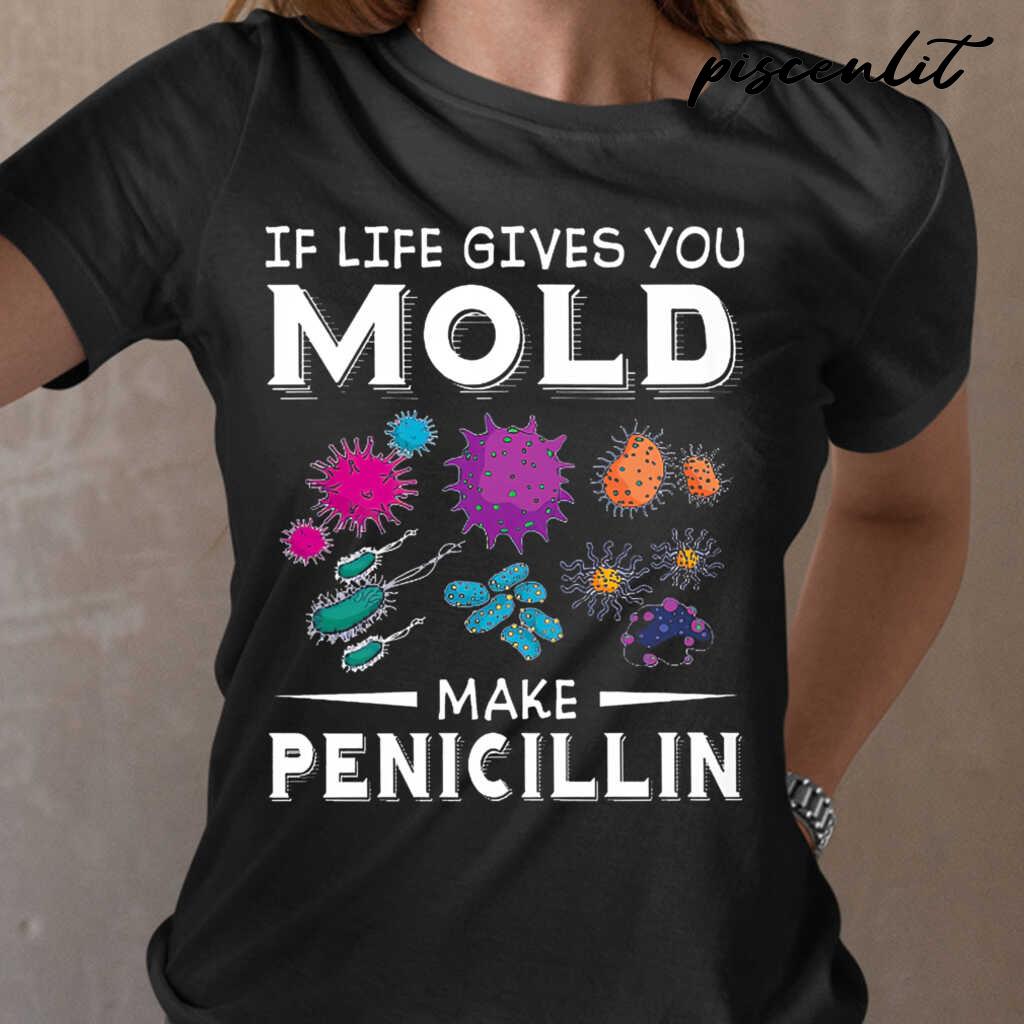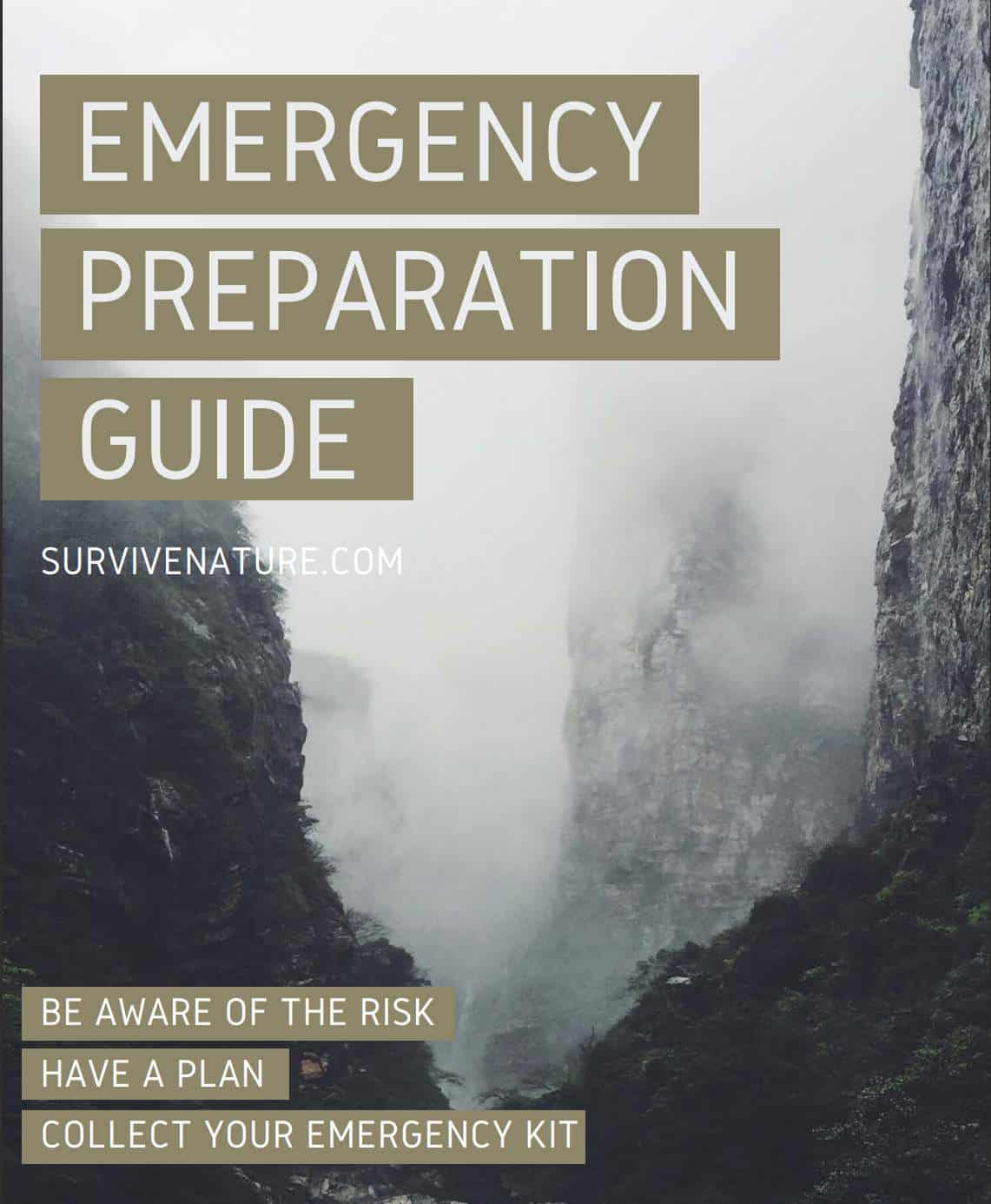Imagine a scenario in 2023 where your beloved ones (or even you) die from a simple scratch on your finger. Sounds terrible, right? Or, for example, dying from a toothache or some stomach infection seems to be unimaginable. You will need some survival gear and instruments to minimize the risks of such situations. Survival skills and knowledge is a crucial aspect of survival, prepping, and homestead. Nonetheless, before the invention of penicillin, the prevalence of such above-described cases was really high. Penicillin is the first antibiotic that was invented, and it can kill bacteria and save one from death. In case the SHTF happens, you obviously know that access to medicines and survival antibiotics would be very limited. Almost every person would lack them. In other words, everyone would fight for them, and drug stores will be destroyed in the very first days of SHTF. That is why it is really crucial to know how to make homemade penicillin. Penicillin is a medical tool to cure many infections connected with throat and skin illnesses.
First of all, you need to acknowledge some general facts about antibiotics. For instance, with the help of antibiotics, the masses were able to survive through bubonic plague — a deadly bacterial infection that caused over a hundred million deaths in the 1300s. That was SHTF for real. The whole infection began spreading due to the infected rats and fleas that were biting people. In turn, people were spreading infection into groups of people at work, home, and so forth.
Such a disease as tuberculosis — a very infectious illness, can also be cured with antibiotics. As for current statistics, in 2014, almost 9 million people were infected with such a disease. In fact, all bacterial infections are infectious and contagious; however, for some of them, e.g., diseases with aching teeth, the spreading process is not so fast. The risk of the spread of infection is relatively low because it is blood-born in most cases. But with such infections as tuberculosis, it is really easy to get sick, as the infection spreads and surges through air and breath.
How Was Penicillin Invented?
Infections were always killing people throughout World history. Soap and water, surely, tried to help prevent the spread of the diseases, but soap and water are helpless when the infection is already in the person’s organism. Any antibacterial medicine injected into the organism will kill a person faster than an infection. But then, Alexander Fleming changed the whole World.
Fleming was working with a plate of bacteria, and suddenly his nose dripped right into them. The bacteria around the dripping died off. That is how he came to the idea the human body can work in the same way and could internally hold some substance that could kill bacteria.

And that is only the beginning! Fleming lost his assistant and started working on a new project. When dishes of bacteria became useless, Fleming put them into a tub (with a substance full of bleach). As there was no assistant with Fleming, his dirty dishes made a tower in the tub. The dish on the top was placed above the bleach and remained dirty. The dishes on the top were becoming dirtier and dirtier, but then the mold started growing on them. The dishes stopped being so dirty all of a sudden. This happened because mold is a type of Penicillium fungi, and it kills the bacteria.
Later on, years have passed until people discovered how to get the right strain of penicillium and extract the appropriate parts from it to make penicillin out of Penicillium mold.
Throughout the History of Fungi-Growing
So, while you probably have a question that sounds like ‘how to make penicillin at home,’ we should, first of all, dive into details and history.
We all might think that the diseases mentioned above are too far gone, yet the only reason we have overcome them is the antibiotics. We can think of the COVID-19 pandemic, which affects all of us. And the antibiotics surely help us to fight the current situation.
Not to mention, for a really huge amount of time, Chinese medicine was employing fungi to cure skin infections. All around the World, the poultice that is made of dirt was employed to cure skin infections. The poultice, actually, is made of fungi. For years, people did not know the mechanisms of work of some objects, and they just knew that things worked. As of now, we do not have to search for things that ‘just work’; instead, we are educated enough to just make things that work in a certain way if we need them.
So, all in all, it is not easy to make penicillin at home, but very much possible in case you have the needed tools and skills. The only thing you have to remember is that you do not need to make it by yourself unless it’s a true emergency situation.
There are several reasons for this: first, the pharmaceutical companies that have been growing penicillin for a huge amount of time surely are certified, and the final product is licensed and trustworthy. Secondly, while making antibiotics may sound fun, the production and distribution of drugs are illegal in most places.

When Penicillin Won’t Help
Later on, we will provide instructions on how to make penicillin, but did you know that it is not a thing that can cure everything?
Many survival and medicine websites claim that penicillin is excellent, yet it has some limitations:
- Penicillin can not fight superbugs. As of now, many bacterial strains are immune to penicillin;
- Penicillin does not cure all illnesses. Penicillin can fight throat, respiratory tract, and skin infections. But it will not save you from broken bones or UIT infections.
Moreover, the penicillin-making process will require the strangest ingredients. They can not be easily found in the grocery store, so be prepared.
Instructions on How to Make Your Own Penicillin
Everything is supposed to be easy. You just need to have molded bread, leave it until it loafs out, and then cook up the mold. Sound great, right? But it does not work that way. To tell you the truth based on scientific suggestions, penicillin is made from fungus. Such fungus can be found in pieces of bread and citrus fruit. In the initial experiment by the developer of penicillin, a molded cantaloupe was employed. Another thing that has to be mentioned is that the mold should be stressed.
In other words, you have to grow the fungus and make it interact with stressors, and only then utilize the fungus to make your own penicillin.
Moreover, the penicillin culture should be grown in sterile conditions. Otherwise, different bugs and insects will pollute and destroy your penicillin mold. It will result in a Frankin culture, which is not the desired effect.
Now, we are going to tell you about more or less simple and reliable ways on how to make penicillin at home. We will provide you with step-by-step instructions. There is a warning, be careful, some chemicals might be required for the process of making penicillin, and such chemicals might have restricted shelf life, for example, magnesium sulfate, manganese sulfate, glucose monohydrate, sodium nitrate, lactose monohydrate, hydrochloric acid, citric acid, zinc sulfate.
How to Make Penicillin: Required Equipment
One will have to get:
- Scales;
- Separator funnel;
- One liter glass mason jar (make sure to close the lid tightly);
- 750 ml Erlenmeyer sterilized flask with a non-absorbent plug;
- pH test materials;
- Two pieces of whole wheat bread;
- Boiling water;
- A cantaloupe rind, more bread, or citrus fruit;
Step-by-Step Instructions
- Prepare the working environment, the surface, and leave some bread to fruit to get molded and stimulate the mold growth process. This is the main step for making penicillin. We will call the molded product a host. There will be several phases of host development: at first, the mold will be white or grayish, then it will change its color to blue, then to a bright blue-green. That is what we desire. A tip: it is suggested to bake your own bread, as its shelf life will be very short, and that is exactly what you need;
- Disinfect the flask. You will have to put it in the pressure cooker at 15 lbs for approximately fifteen minutes. Another strategy is to bake it for about an hour at 315 degrees F;
- Cut the bread into small cubes and place them in the flask. The environment should be clean and sterile;
- Scour the mold of the bluish-green color from the host and put it in with the bread;
- Put the sterilized jar/flask in a dark place and cover it with sterilized aluminum foil. The temperature should be around 70 degrees. The jar/flask should be placed here for 120 hours (about a week).
More to consider
At this point, many people think that the process is finished. They just put penicillin on their wounds and eat the bread. But that’s totally wrong. So, let us continue with the second phase of our business.
For this a bit complicated part, one will require:
- Lactose Monohydrate 44 gm;
- Corn Starch 25 gm;
- Sodium Nitrate 3 gm;
- Magnesium Sulfate 0.25 gm;
- Potassium Monophosphate 0.50 gm;
- Glucose Monohydrate 2.75 gm;
- Zinc Sulfate 0.044 gm;
- Manganese Sulfate 0.044 gm.
Follow the guide precisely
So, now we will act according to the guide I found on the Web. They are not completely reliable, as they were not taken from medical websites because such websites do not provide instructions on how to make penicillin and antibiotics in general at home.
But as the instructions suggest, we should get enough cold tap water so that the ingredients would completely dissolve. One should use an entire jar of distilled water for the next step because everything should be clean and sterile, and the cold tap water might be a bit greasy for such an experiment.
Of course, I am not a scientist, but that’s how things work for me, so let’s proceed to work:
- Sterilize the water container, then dissolve the above-mentioned chemicals in 500 ml of cold water. Slowly add more and more water (cold) until it will make up 1000 ml in total;
- Utilize hydrochloric acid to regulate the pH tests to 5.0-5.5 using your pH testing materials;
- Purify the water jar along with the solution as described above;
- Make your liquid portion cold. Afterward, add the mold. It should once again be placed in a cold dark place for the whole week (same conditions as before). The jar should be placed in one spot, do not move it or remove it.
The round-off
Once you covered the last step of the third phase, you are almost done. Now, when we have succeeded in making penicillin, we should extract the penicillin that is in the fluid. The third phase goes as per the following:
- Filter the solution through a coffee filter or sterilized cheesecloth;
- Use the pH testing materials to change the pH of the ‘potion’ to 2.2 using the HCL;
- Blend it all with cold ethyl acetate in the separator funnel. Then, shake it all actively (shake vigorously) for half a minute and allow it to separate. Ethyl acetate should be left on the lower part of the jar;
- Cool the glass in an ice bath and pour the ethyl acetate into it. Add 1 percent potassium acetate and mix again;
- Allow the ethyl acetate to evaporate off while your solution is still in the glass. The air has to circulate around the solution for faster evaporation.
Basically, you are done; now you have your own penicillin if you did everything correctly. You may now see the crystals that are left from the solution: those are potassium penicillin and potassium acetate. The survival hack will surely come in handy when the time comes.
Final Word
Now you have one more survival skill. The penicillin of your own making should be made only for health benefits in case you are in a survival situation or an SHTF case. Most infections surely can be cured with antibiotics, but there are some antibiotic-resistant bacteria. The infections with such bacteria should be cured under the doctor’s observation. Another thing to mention is that most professionals will not write prescriptions for antibiotics ‘just in case’, as they are not really affordable and are only required in extra cases. But one can substitute the antibiotics with fish antibiotics, which can be bought with no prescriptions.
All in all, you can try and make penicillin at home or in your medical kit. But be very attentive and do it only in situations of risk. Good luck!
Frequently Asked Questions (FAQ)
Is it possible to make homemade penicillin?
Yes, it is totally possible to make penicillin at home. The only thing that might stop you from making it is that the process of making antibiotics and drugs is illegal in most places. So, you should make it only in case of survival mode. For example, you have strep throat, and there are no medicines, the world is falling apart. That is when you should make some penicillin.
Can you make penicillin from moldy fruit?
Yes, this is totally possible. The process does not differ much from the above-described technique with bread. Except for the fact that now fruit has to be cut into cubes, not bread. Make sure to strictly follow the instructions in order to get a somewhat trustworthy and valid result.
Is penicillin made from plants?
Actually, penicillin is most frequently made from whole wheat bread, fruits, potato broth, and other foods that can produce mold. In fact, if you think that fruits are plants, then, of course, penicillin can be made from plants. Once again, you will require moldy fruits (citrus fruits are preferred), water, some chemicals, and pH tests.
How to make penicillin tea?
It is fairly easy to make such a solution. Yet, do you need it? Of course, there are some recipes for ‘penicillin tea or soup.’ For this case, you have simply boil the molded bread or molded fruit and add the product to soup or tea. And then cure the illness. But it does not work that way. Penicillin is obtained directly from mold, is very sensitive to acid in the human stomach. If you drink it in the form of penicillin tea, it will be destroyed before it gets into your bloodstream.
The only way to make such a penicillin solution work is to inject it, but it is not advised. You can get even more infections while injecting something into your body, especially when the process is not sterile and done by professionals.


